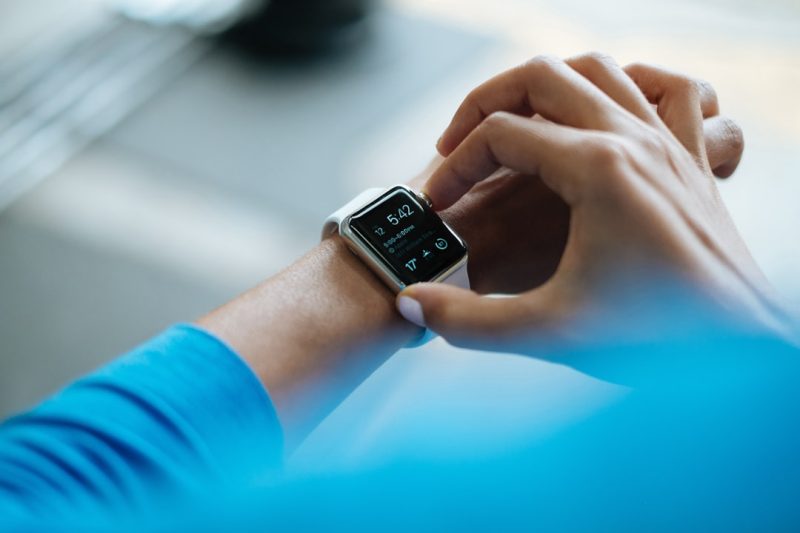Quick Response (QR) codes have become an integral part of the digital landscape, enabling seamless connectivity between the physical and digital worlds. Google, a tech giant known for its innovative tools, offers its own QR code features and services that allow users to generate QR codes for links, information, and various other use cases. However, many people wonder whether these Google QR codes are trackable. Understanding their functionality and potential for tracking is essential, especially for businesses and individuals concerned about data privacy and analytics.
How QR Codes Work
QR codes operate as two-dimensional barcodes that store information, such as URLs, text, or contact details, which can be accessed by scanning the code with a mobile device. Google provides tools, such as the Google Chrome browser or its QR code generator, to simplify the process of creating and scanning these codes. Once scanned, users can access the embedded information instantly, making QR codes a convenient and user-friendly solution in various contexts.
The question of trackability stems from whether Google or the creator can capture data about who scans the QR code and where or when it happens. To answer this, it is necessary to understand the two primary types of QR codes: static QR codes and dynamic QR codes.
Static vs. Dynamic QR Codes
- Static QR Codes: Static QR codes are fixed and unchangeable. Once a static QR code is created, its content is hardcoded into the code itself. This makes it impossible to track scans directly unless the URL embedded in the QR code contains built-in tracking parameters. For instance, someone could use Google Analytics’ campaign tracking parameters to monitor visits to a linked website, but the information collected is minimal.
- Dynamic QR Codes: Dynamic QR codes, in contrast, are much more versatile. They embed a short URL that points to a redirection service, enabling the creator to edit or update the content without changing the QR code itself. This type of QR code inherently supports tracking, as it relies on a server-based mechanism to redirect users. Dynamic QR codes allow data analytics such as scan frequency, the location of scans, time of scans, and even the type of operating system or device used.
Are Google QR Codes Trackable?
Google QR codes, typically generated through tools like Google Chrome or Google Services, tend to act as static QR codes. When creating a QR code through Google’s built-in tools, the core information is fixed. This means Google’s native QR code functionality does not inherently provide data tracking features. However, users can make these codes trackable by embedding a URL that uses Google Analytics parameters.
For example, if someone generates a QR code for their website, they could add UTM parameters (such as campaign name, medium, and source) to the URL. With these parameters, Google Analytics can track visits, traffic sources, and user behavior, offering insights into how the QR code is being used. Although this method requires some manual setup, it is a straightforward way to introduce basic tracking capabilities into what would otherwise be a static QR code.
Third-Party Solutions
Businesses or individuals needing advanced tracking capabilities may need to turn to third-party solutions that specialize in dynamic QR code generation. There are numerous platforms that allow users to create dynamic QR codes and provide robust analytics, such as scan locations, device types, and more. These services go beyond what Google’s simple QR code capability offers, making them ideal for marketing campaigns and other use cases that require detailed insights.
Privacy Considerations
While QR code tracking is beneficial for businesses, it’s essential to consider privacy implications. Scanning a trackable QR code sends a small amount of data, such as IP address and device type, to the service managing the redirection process. Although this data is often anonymized, users should remain cautious and aware of QR code practices, particularly if they encounter unfamiliar QR codes in public settings.
[ai-img]privacy, qr code, data analytics[/ai-img]Conclusion
In summary, Google QR codes generated through its services are generally not inherently trackable unless accompanied by UTM parameters or other tracking mechanisms. Businesses and marketers requiring advanced analytics may need to explore third-party platforms that specialize in dynamic QR codes. While tracking brings numerous benefits, both creators and users must stay vigilant about privacy considerations to strike a balance between utility and security.
Frequently Asked Questions (FAQ)
1. Can I see who scanned my Google QR code?
No, Google QR codes do not inherently provide information about who scanned them. However, adding UTM parameters to the URL allows limited tracking via Google Analytics.
2. What’s the difference between Google QR codes and third-party QR codes?
Google QR codes are typically static and lack built-in tracking features. Third-party QR code generators often support dynamic QR codes with advanced tracking capabilities.
3. How do I make a trackable QR code?
To make a trackable QR code, include UTM parameters in the URL or use a third-party service specializing in dynamic QR code generation to access robust analytics.
4. Are there privacy risks with QR codes?
Most QR codes are safe, but users should avoid scanning codes from untrusted sources, as malicious actors can embed links to phishing or harmful websites.
[ai-img]qr code scanner, mobile phone, usage[/ai-img]





